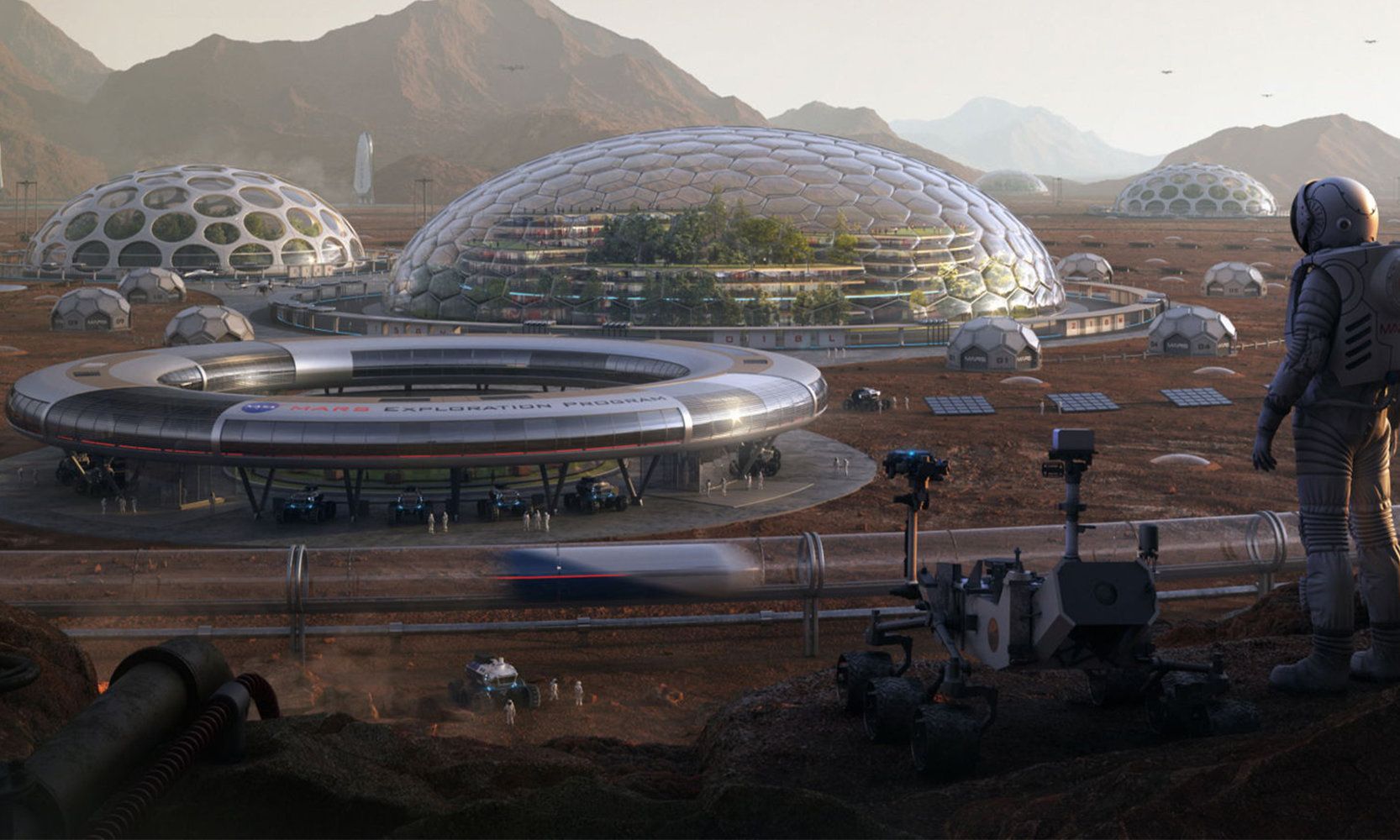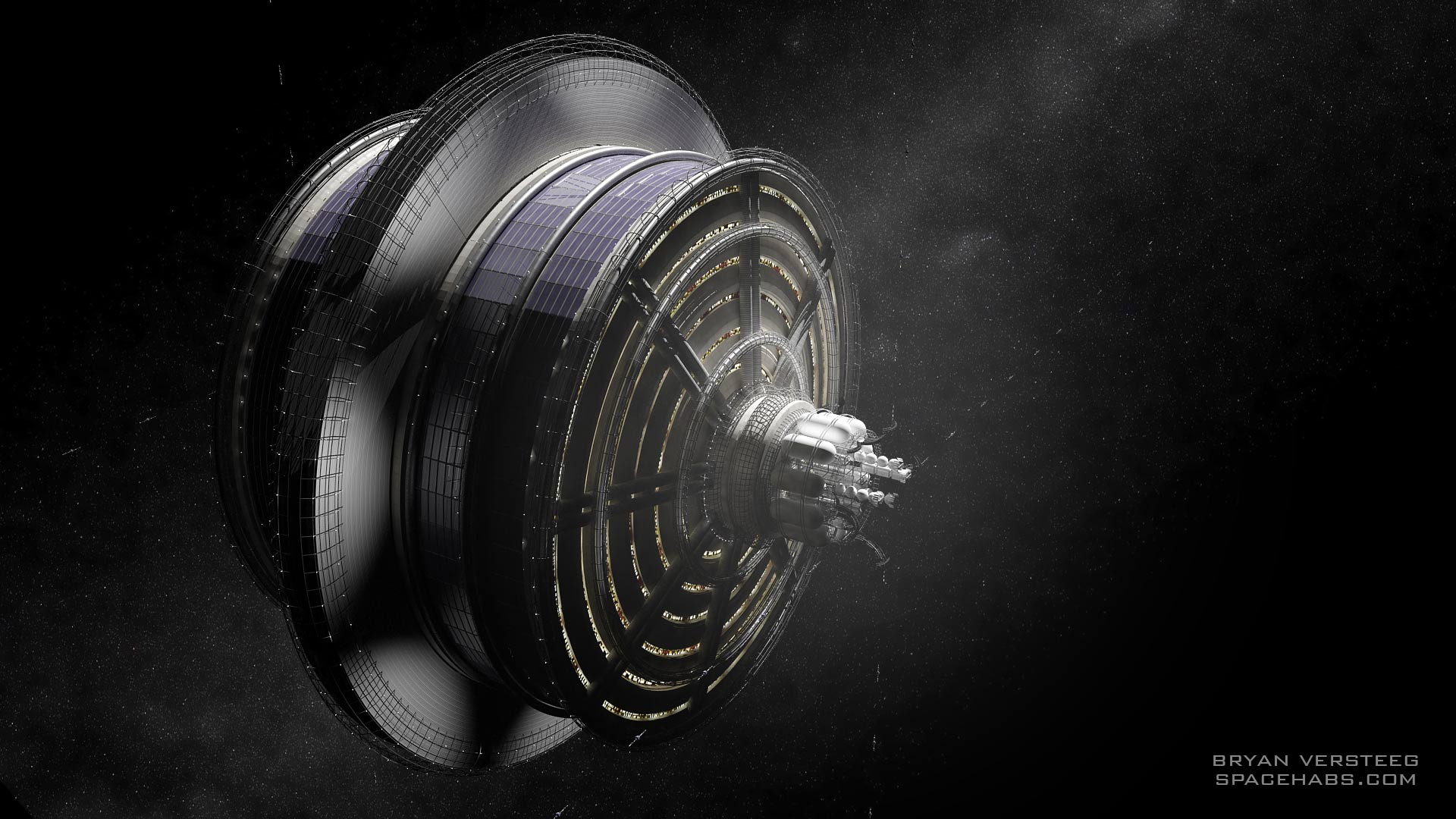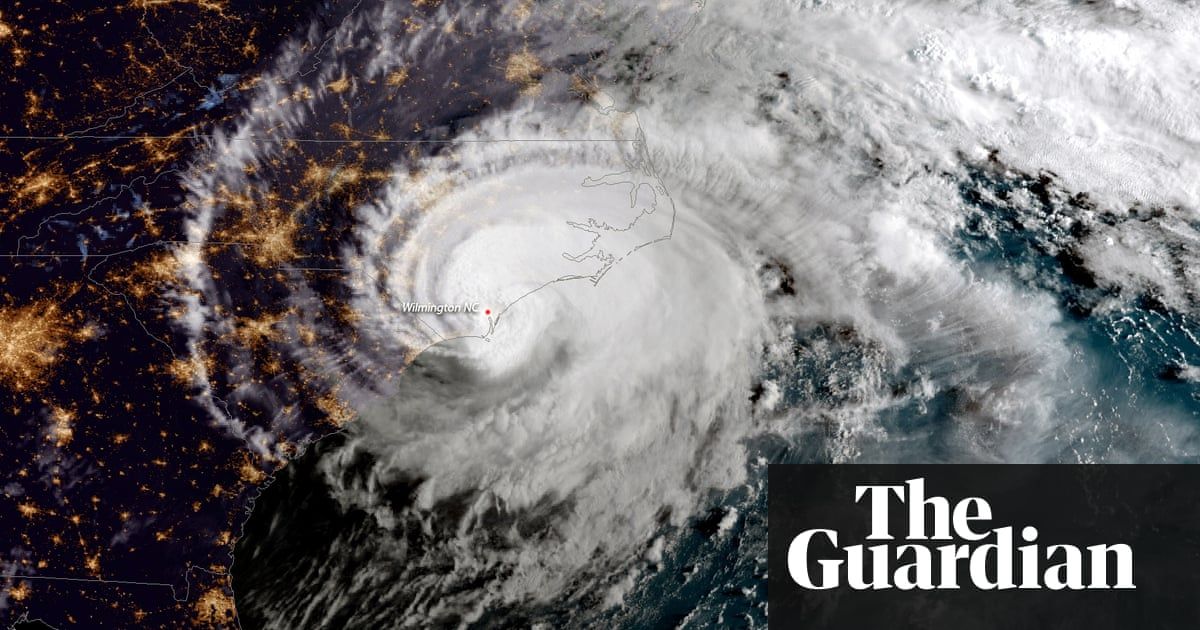Page 8562
Sep 17, 2018
MitoSENS Update September 2018
Posted by Steve Hill in categories: biotech/medical, life extension
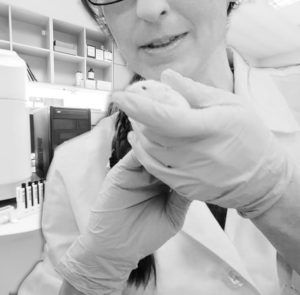
Today, we have an update from the MitoSENS team over at the SENS Research Foundation. As some of you may recall, MitoSENS was the first project we hosted on our research fundraising platform Lifespan.io back in August 2015. The project was successfully funded and raised $46,128, which was 153% of the funds needed. The extra funds were used to increase the scope of the project, which resulted in a paper being published in the prestigious Oxford Journal.
Since then, the team has been busy working on transferring the other mitochondrial genes to the nucleus, and they have given us an update to let everyone know how things are progressing at the lab. Dr. Matthew “Oki” O’Connor had the following to say about progress and the future.
Sep 17, 2018
These Stunning Designs Show What Our Future on Mars Might Look Like
Posted by Mike Ruban in categories: habitats, space
A recent contest challenged participants to create utopian designs of future human Mars settlements, and their creations are stunning.
In the HP Mars Home Planet Rendering Challenge, over 87,000 people from all over the world flexed their creative muscles to design the perfect colony on the Red Planet. Last summer, when HP launched the challenge, the participants started working on their designs, and the winners were announced on Aug. 14.
This challenge wasn’t just about creating a pretty, futuristic-looking, idealistic Martian colony. Indeed, the designs also had to show how the settlements would support 1 million colonists. The surface of the Red Planet is harsh, with an extremely thin atmosphere, intense radiation and dust storms that occasionally envelop the planet. [Mars Ice Home: A Red Planet Colony Concept in Pictures].
Sep 17, 2018
Chinese vice-premier calls on global AI elites to tackle ethics questions
Posted by Derick Lee in categories: ethics, health, law, robotics/AI
Chinese vice-premier Liu He called on the world to work together to address complex ethical, legal and other questions raised by artificial intelligence as he kicked off a gathering in Shanghai bringing together the globe’s AI elites.
“As members of a global village, I hope countries can show inclusive understanding and respect to each other, deal with the double-sword technologies can bring, and together embrace AI,” said Liu, a highly influential official who has been China’s top trade negotiator in the US-China trade war and is also on the country’s technology development committee.
The star-studded World Artificial Intelligence Conference, which opened Monday morning, comes as China has emerged as one of the world’s top players in AI, which promises to revolutionise everything from health care to driving to policing.
Continue reading “Chinese vice-premier calls on global AI elites to tackle ethics questions” »
Sep 16, 2018
Long-term colonization of the solar system with 290,000 square feet per person
Posted by Klaus Baldauf in category: space travel
A 5 km settlement radius corresponds roughly to the sweet design spot where earthlike radiation shielding is produced for free by the required structural mass.
Overall, the settlement concept satisfies the following generic requirements for long-term large-scale settling of the solar system:
1g artificial gravity, earthlike atmosphere, earthlike radiation protection. 2. Large enough size so that internals of the settlement exceed a person’s lifetime-integrated capacity to explore. 3. Standard of living reminiscent to contemporary royal families on Earth, quantified by up to 25,000 m2 of urban living area and 2000 m2 of rural area per inhabitant (290,000 square feet per person). 4. Access to other settlements and Earth by spacecraft docking ports, using safe arrival and departure procedures that do not require impulsive chemical propulsion.
Continue reading “Long-term colonization of the solar system with 290,000 square feet per person” »
Sep 16, 2018
SpaceX to give BFR update and announce a private Moon mission on Monday
Posted by Klaus Baldauf in categories: Elon Musk, space travel
SpaceX is set for a surprise event that is expected to revolve the announcement of a newly-contracted launch planned to send a private individual around the Moon with BFR, potentially queuing up a true race (back) to the Moon between SpaceX and NASA sometime in the early to mid-2020s.
Alongside the official announcement and a fascinating render revealing a dramatically-updated iteration of BFR’s spaceship upper stage, CEO Elon Musk cryptically hinted on Twitter that the private customer could be Japanese, as well as confirming that the spaceship as shown was indicative of a new BFR design.
Sep 16, 2018
Why Is M-Theory the Leading Candidate for Theory of Everything?
Posted by Genevieve Klien in categories: cosmology, particle physics, quantum physics
It’s not easy being a “theory of everything.” A TOE has the very tough job of fitting gravity into the quantum laws of nature in such a way that, on large scales, gravity looks like curves in the fabric of space-time, as Albert Einstein described in his general theory of relativity. Somehow, space-time curvature emerges as the collective effect of quantized units of gravitational energy — particles known as gravitons. But naive attempts to calculate how gravitons interact result in nonsensical infinities, indicating the need for a deeper understanding of gravity.
String theory (or, more technically, M-theory) is often described as the leading candidate for the theory of everything in our universe. But there’s no empirical evidence for it, or for any alternative ideas about how gravity might unify with the rest of the fundamental forces. Why, then, is string/M-theory given the edge over the others?
The theory famously posits that gravitons, as well as electrons, photons and everything else, are not point-particles but rather imperceptibly tiny ribbons of energy, or “strings,” that vibrate in different ways. Interest in string theory soared in the mid-1980s, when physicists realized that it gave mathematically consistent descriptions of quantized gravity. But the five known versions of string theory were all “perturbative,” meaning they broke down in some regimes. Theorists could calculate what happens when two graviton strings collide at high energies, but not when there’s a confluence of gravitons extreme enough to form a black hole.
Continue reading “Why Is M-Theory the Leading Candidate for Theory of Everything?” »
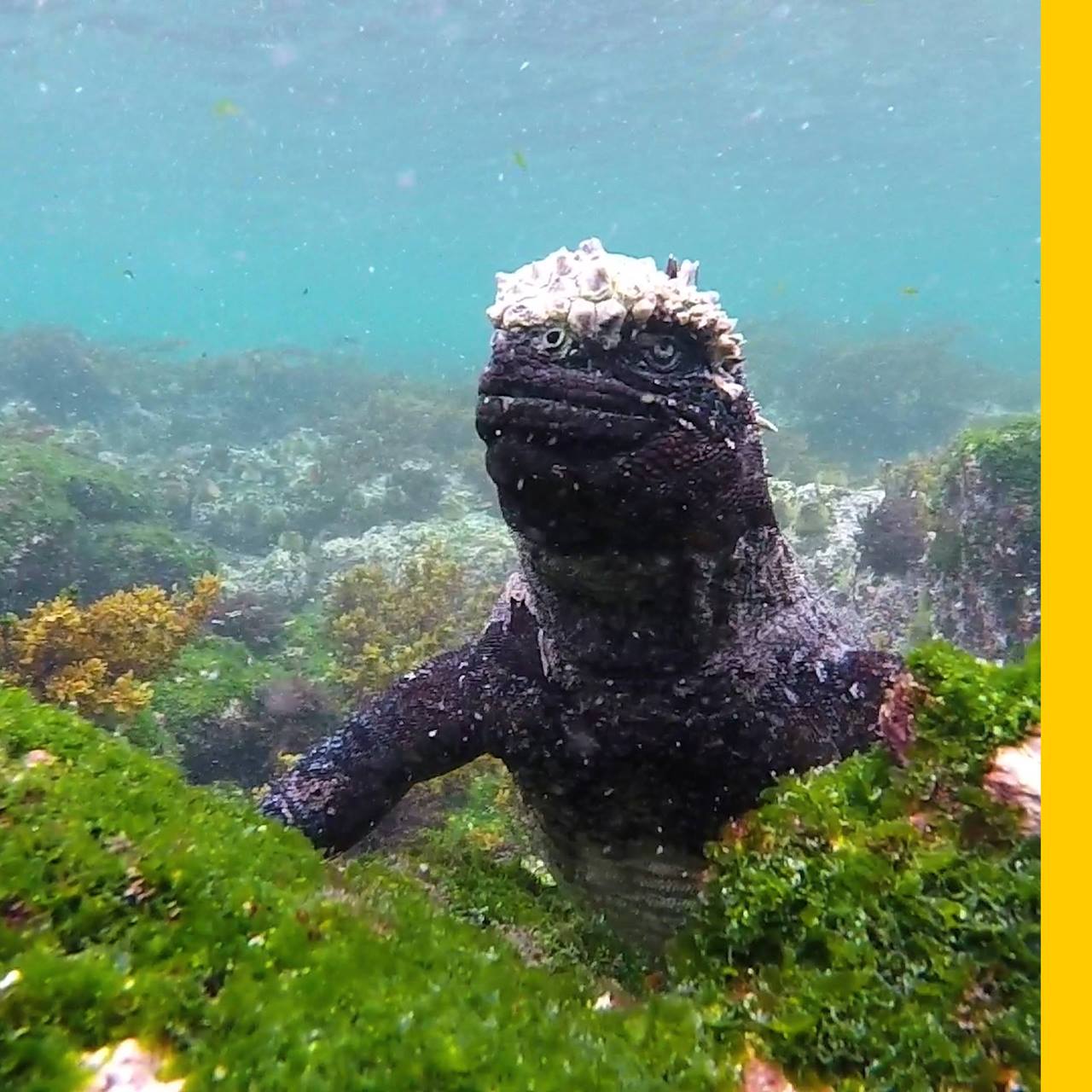
These actively volcanic islands are home to fascinating creatures found nowhere else on Earth, like marine iguanas and giant tortoises. https://on.natgeo.com/2xatIdd
Sep 16, 2018
The “Dark Matter” of Bizarre Superconductors
Posted by Genevieve Klien in categories: cosmology, information science, quantum physics, robotics/AI
Machine-learning algorithms are helping to unravel the quantum behaviour of a type of superconductor that has baffled physicists for decades.
Researchers used artificial intelligence to spot hidden order in images of a bizarre state in high-temperature superconductors.
Sep 16, 2018
This is how the world ends: will we soon see category 6 hurricanes?
Posted by Alexei Turchin in categories: climatology, mathematics
Not the end, but interesting… Also, note that hupercanes are possible products of some mathematical instability, where the speed start to grow almost unlimited after some threshold. Buts Cat 6 is not a hypercane, as in the hypercane winds will be 500 mph.
There is no such thing as a category 6 hurricane or tropical storm — yet. But a combination of warmer oceans and more water in the atmosphere could make the devastation of 2017 pale in comparison .


